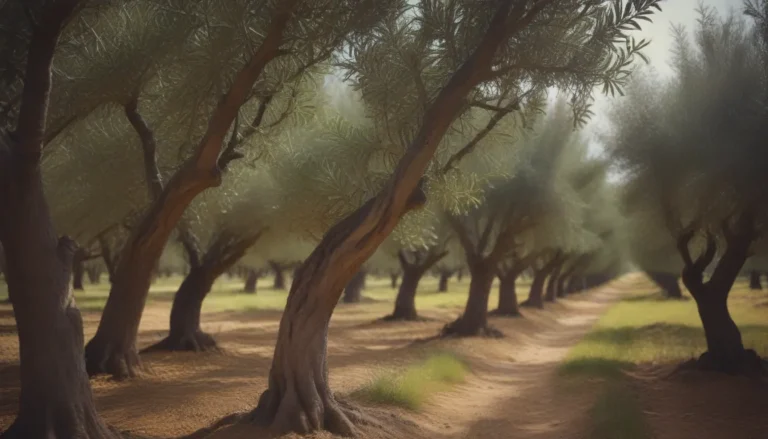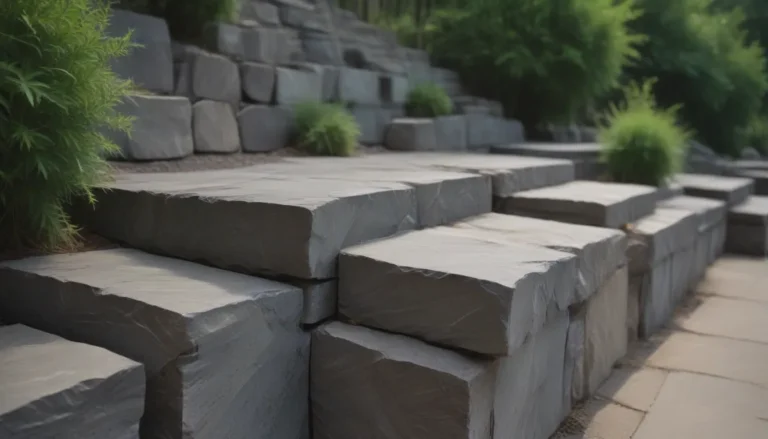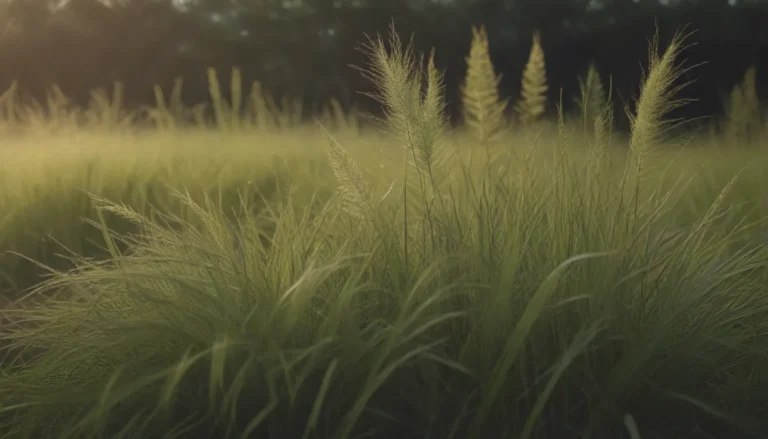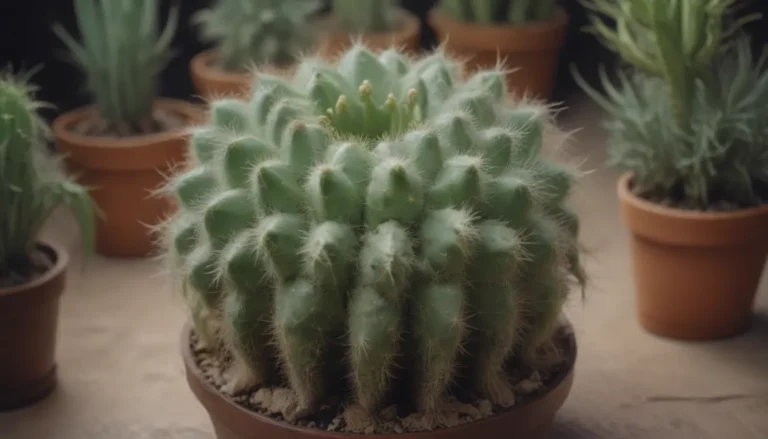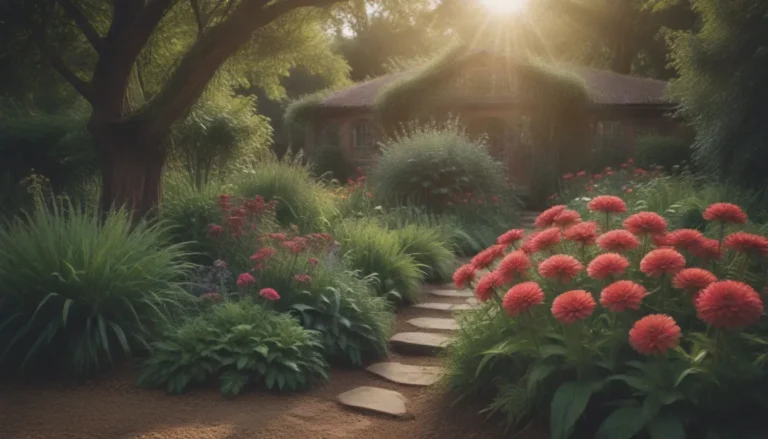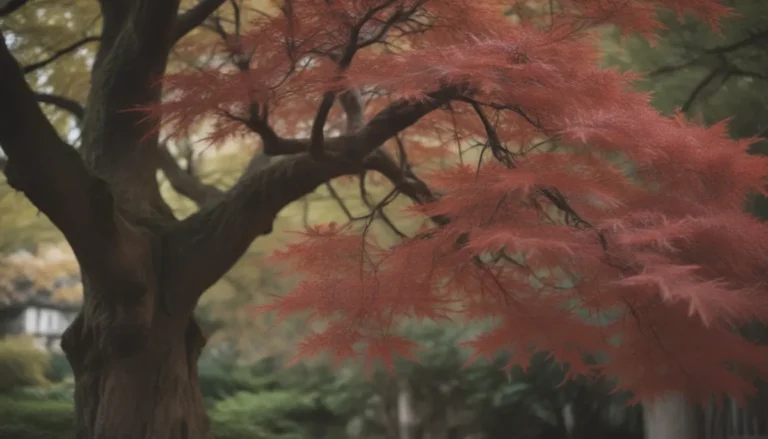How to Create Your Own Pollinator Garden
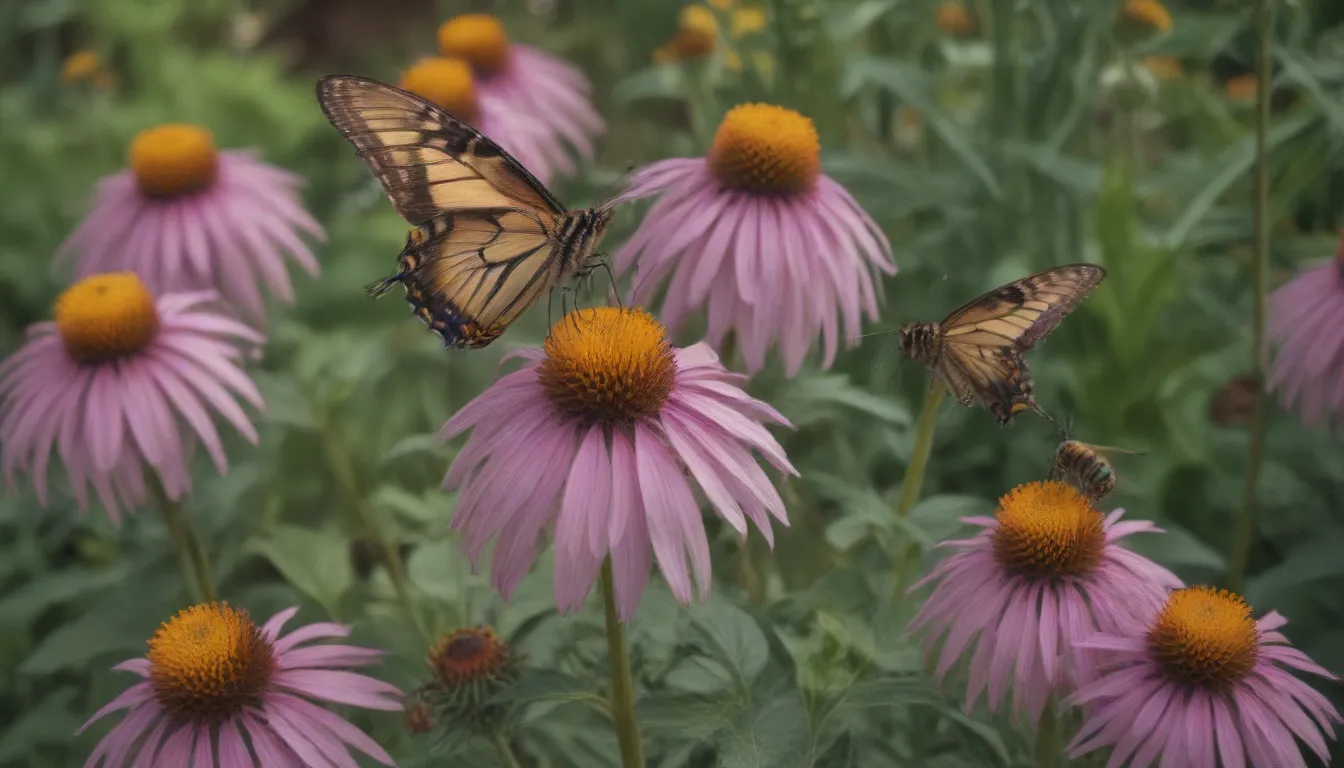
Creating your own pollinator garden goes beyond just adding beauty to your yard—it plays a crucial role in supporting our pollinator populations. With habitat destruction and pesticide use threatening these essential creatures, it’s more important than ever to create spaces where bees, butterflies, and other beneficial insects can thrive. In this article, we’ll dive into the step-by-step process of creating a pollinator garden that not only attracts pollinators but also supports plant reproduction and biodiversity.
Why Pollinators are Important
Before we dive into creating a pollinator garden, let’s first understand why these creatures are so essential to our ecosystem. Pollinators play a crucial role in the reproduction of flowering plants, including many of the fruits, vegetables, and nuts that we rely on for food. In fact, about one out of every three bites of food we eat depends on pollination for production. By creating a pollinator garden, you are not only supporting these species but also ensuring the future of our food supply.
Find the Perfect Spot
You don’t need a large garden to create a pollinator-friendly space. Even a few pots on a patio can attract bees and butterflies to your yard. When selecting a location for your pollinator garden, choose the sunniest spot in your yard, as bees and butterflies need warmth to be active. Also, ensure that the site is sheltered from strong winds, as this can make it challenging for pollinators to feed on nectar-filled blooms.
Choose the Right Plants
The key to a successful pollinator garden lies in selecting the right plants. Opt for a diverse selection of low-maintenance, native species that are adapted to thrive in your specific yard conditions. Instead of focusing on one or two summer-blooming plants, aim to create a mixed mini-meadow that blooms successively from early spring to fall. This variety in bloom timings, colors, shapes, and heights will attract a wide range of pollinators and provide nourishing nectar throughout the season. Don’t forget to include plants that act as caterpillar hosts, as they are essential for supporting the entire life cycle of pollinators.
Some popular plants to attract butterflies, bees, and other pollinators to your garden include:
- Bee balm
- Milkweed
- Lavender
- Coneflowers
- Black-eyed Susans
Attracting Different Pollinators
Different pollinators are attracted to different types of plants. Here are some of the most common and beneficial pollinators you can expect to see in your garden:
- Bees: Bees are some of the most important pollinators and are attracted to a variety of flowering plants.
- Butterflies: Butterflies are attracted to brightly colored flowers with nectar-rich blooms.
- Hummingbirds: Hummingbirds are drawn to tubular flowers with sweet nectar.
- Moths: Moths are nocturnal pollinators and are attracted to white or pale-colored, fragrant flowers.
Planting Your Garden
When it comes to planting your pollinator garden, you can either start with seedlings or seeds. While seedlings provide instant gratification, starting from seeds is a more economical option, especially if you’re covering a large area. Native plants often grow more readily from seeds than non-native species, so consider this when making your selection. Arrange your plants in clumps to make it easier for pollinators to move from one bloom to the next while feeding.
Caring for Your Garden
Once your pollinator garden is planted, it’s essential to provide proper care to ensure its success. Here are a few tips to help your garden thrive:
- Water regularly to help establish roots and encourage bountiful blooms, especially during the hot summer months.
- Avoid using fertilizers, as native plants are adapted to grow in poor soils and may not require additional nutrients.
- Use natural pest and weed control methods to avoid harming pollinators with chemical pesticides.
- Leave leaf litter in your garden during the winter to provide shelter for overwintering insects.
By following these simple steps, you can create a thriving pollinator garden that not only attracts bees, butterflies, and other beneficial insects but also supports plant reproduction and biodiversity in your yard.
Additional Resources
For more information and resources on creating a pollinator garden, consider reaching out to your local nursery for advice on native plant species. You can also check out the following research articles for further reading:
- Morandin, L.A. and Kremen, C. “Bee Preference for Native versus Exotic Plants in Restored Agricultural Hedgerows.” Restoration Ecology, vol 21, 2013, pp. 26-32.
- Khalifa SAM, Elshafiey EH, Shetaia AA, et al. “Overview of Bee Pollination and Its Economic Value for Crop Production.” Insects. 2021.
- Mullin CA, Frazier M, Frazier JL, et al. “High Levels of Miticides and Agrochemicals in North American Apiaries: Implications for Honey Bee Health.” PLOS ONE, 2010.
Creating a pollinator garden is not only a rewarding experience but also a crucial step in supporting our pollinator populations and ensuring the future of our food supply. Get started today and watch as your garden comes to life with buzzing bees, fluttering butterflies, and vibrant blooms. Remember, every little bit helps in protecting these essential creatures for generations to come.
